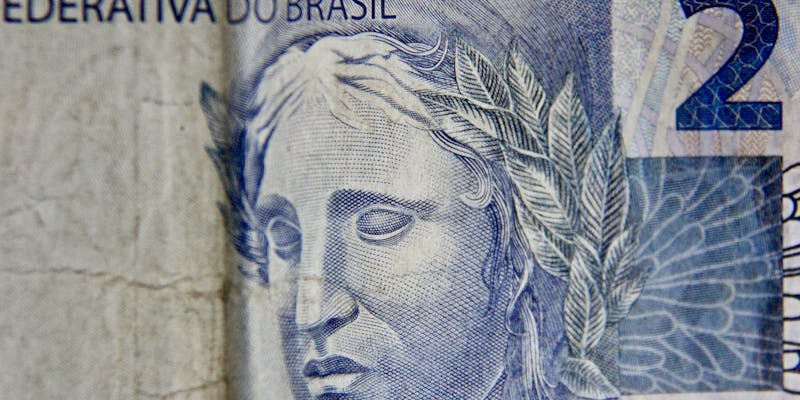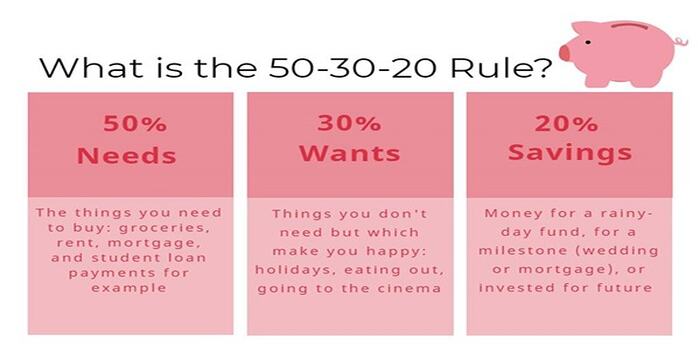The official currency of the nation that encompasses the most compelling scenery in the world, Norway, is the currency that is abbreviated as NOK or Norwegian Krone. The Krone isn't as well known as the U.S. dollar or the euro, but it is an important part of Norway's economy and everyday life.

The Krone is its own kind of coin and note, its own kind of currency, representing Norway's culture, its history, and whatever policies the Norwegian government determines will influence the monetary Circulation of that country. So, how did the Krone come to be? Why is it unique among the world's currencies? Learn about the fascinating history of the Norwegian Krone, how it played a part in the economy, and how it is used today in this article.
The Evolution of the Norwegian Krone
Norwegian Krone is blessed with an amazing history, as it served in the place of the Norwegian speciedaler in the year 1875. This was part of the Scandinavian Monetary Union, a union of Norway, Sweden, and Denmark, which was formed to unify their currencies on the gold standard. This shared monetary ambition was symbolized by the name of the bank, 'Krone,' which translates from Norwegian to 'crown.' However, the union was short-lived, and it dissolved in 1914 with the beginning of World War I. Norway retained its currency, the Krone, and didn't break up, and that milestone became the foundation stone of the country's economy.
The Krone has had turbulent and prosperous times over the decades. It was devalued greatly during World War II. The stability and strength of the currency were brought by Norway's growing economy in the post-war years, thanks to industries such as shipping, fishing, and oil production. By the 1970s, the discovery of oil in the North Sea had rendered the NOK closely dependent on global oil markets, complicating its value further. The central bank of Norway, Norges Bank, is very important in ensuring the stability of the currency, adjusting interest rates, and intervening in markets as necessary to protect the economy.
How Does the Norwegian Krone Reflect Norway's Economy?
The Krone mirrors the health and dynamics of Norway's economy. Much of its strength is linked to the country's massive oil reserves and exports, making it somewhat sensitive to the volatility of global oil prices. When oil prices surge, the Krone tends to strengthen, but it may weaken when prices drop. However, Norway's economy is not only defined by oil. Sectors like seafood, shipping, and technology also influence the currency's value, making it more than just a "petro-currency.

A flexible exchange rate system governs the Krone, with its value fluctuating based on market forces. This approach offers Norway the freedom to shape its monetary policy independently from the eurozone. Even though Norway opted out of joining the European Union and retains its own currency, the Krone has remained relatively stable, thanks to prudent fiscal management and a strong welfare state. The Government Pension Fund Global, often called the "oil fund," further anchors the Krone by investing Norway's oil revenues internationally. This fund shields the economy from sudden downturns and keeps the Krone steady during periods of global turbulence.
Norway's transition towards digital payments reflects its forward-thinking economy. Mobile apps like Vipps and widespread card usage demonstrate the decreasing reliance on cash, though the Krone remains vital in everyday life. This blend of tradition and modernity is characteristic of the way Norway operates, balancing innovation with respect for its roots.
Everyday Use of the Norwegian Krone
In Norway, the Krone is part of daily life, shaping everything from grocery shopping to international trade. Locals often use digital payment systems for transactions, but physical currency still plays a role. Coins are issued in denominations of 1, 5, 10, and 20 NOK, while banknotes come in values of 50, 100, 200, 500, and 1,000 NOK. Each coin and note carries imagery that celebrates Norways maritime history, nature, and national pride, adding a cultural dimension to the currency.
For visitors, understanding the NOK helps navigate the high cost of living in Norway. A coffee at a local caf might cost around 35 NOK, and a meal at a restaurant can range from 250 to 350 NOK. Public transport and tourist attractions also tend to be expensive, but the quality of services is often exceptional. Many businesses accept major credit cards, but knowing the value of the Krone ensures a smoother experience when exchanging currency or budgeting for a trip.
The Krone also plays a crucial role in international trade. Businesses dealing in seafood exports, energy, or high-end technology often monitor exchange rates closely. As a currency subject to fluctuations, the Krone's value impacts export revenues and the competitiveness of Norwegian goods in global markets. The government's strategy of managing oil wealth through the sovereign fund helps offset the risks associated with exchange rate shifts, providing a long-term cushion for the economy.
The Future of the Norwegian Krone
As Norway looks towards the future, the Krone is likely to evolve with the shifting landscape of global finance. Discussions around environmental sustainability, technology, and diversification of the economy are already underway, and these factors will shape Krone's future trajectory. With the world increasingly moving towards cashless societies, Norway is at the forefront of digital financial trends. However, despite the growing reliance on digital transactions, the Krone's physical form remains a symbol of the nation's heritage and identity.

The future value of the NOK will depend on how Norway navigates changes in the global oil market and diversifies into new industries. Economic policies designed to reduce dependence on fossil fuels and promote green technology will influence the currency's long-term stability. Norway's emphasis on sustainable growth and innovation suggests that the Krone will remain resilient, adapting to new economic realities while continuing to reflect the strength and uniqueness of the Norwegian economy.
Conclusion
The Norwegian Krone is more than just a currencyit is a reflection of Norway's identity, economy, and values. From its roots in the Scandinavian Monetary Union to its modern role in a highly developed economy, the Krone has weathered many changes and challenges. Its close ties to global oil markets make it both unique and somewhat volatile, yet Norway's careful management of its wealth and resources ensures that the Krone remains stable.




